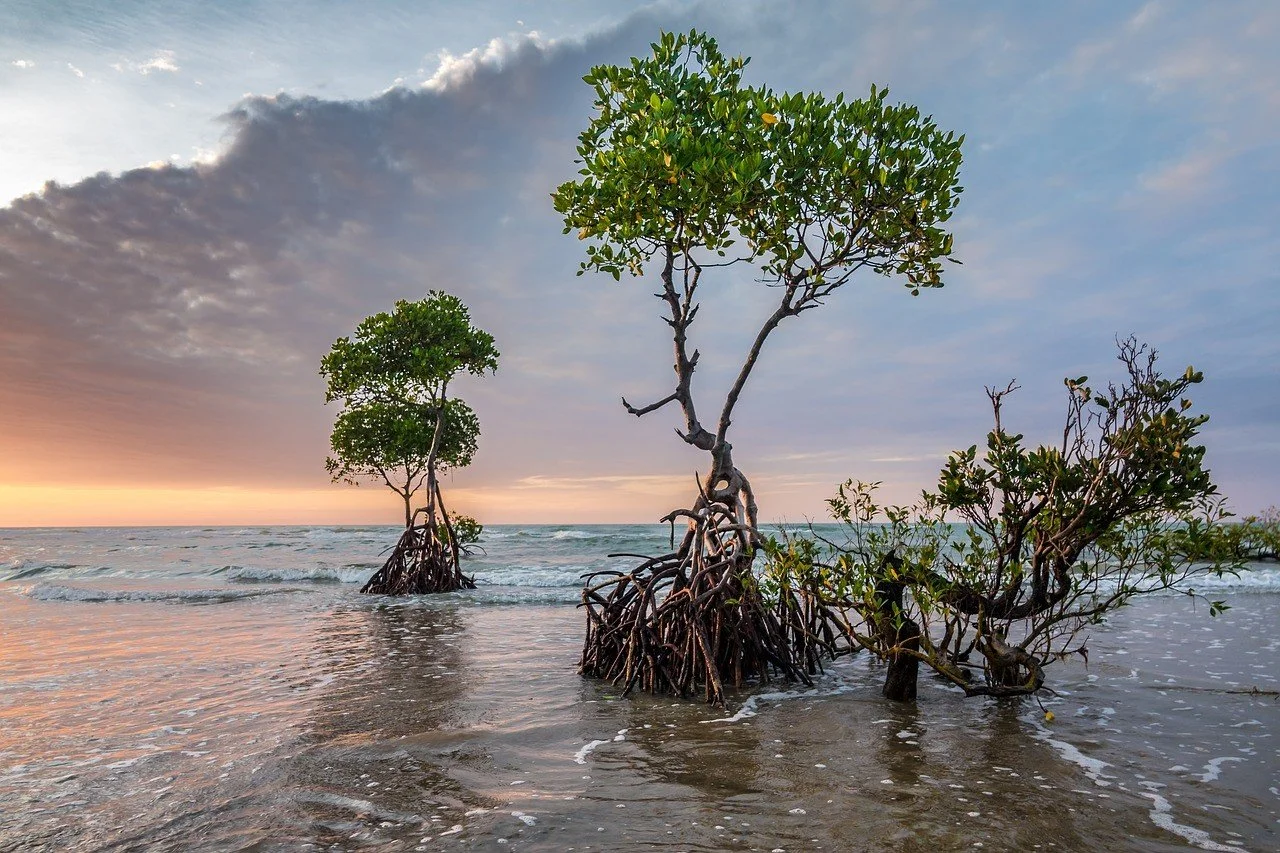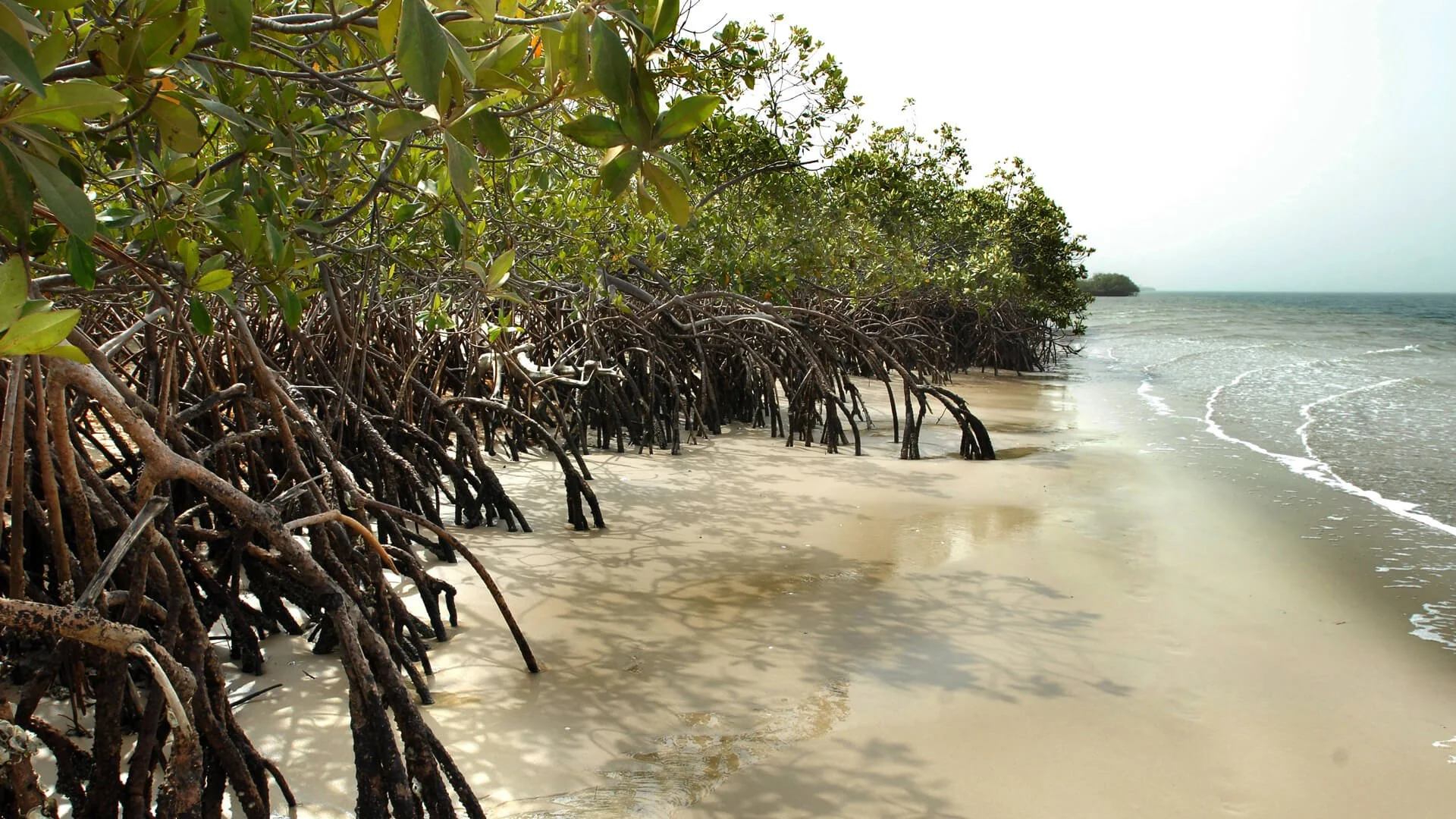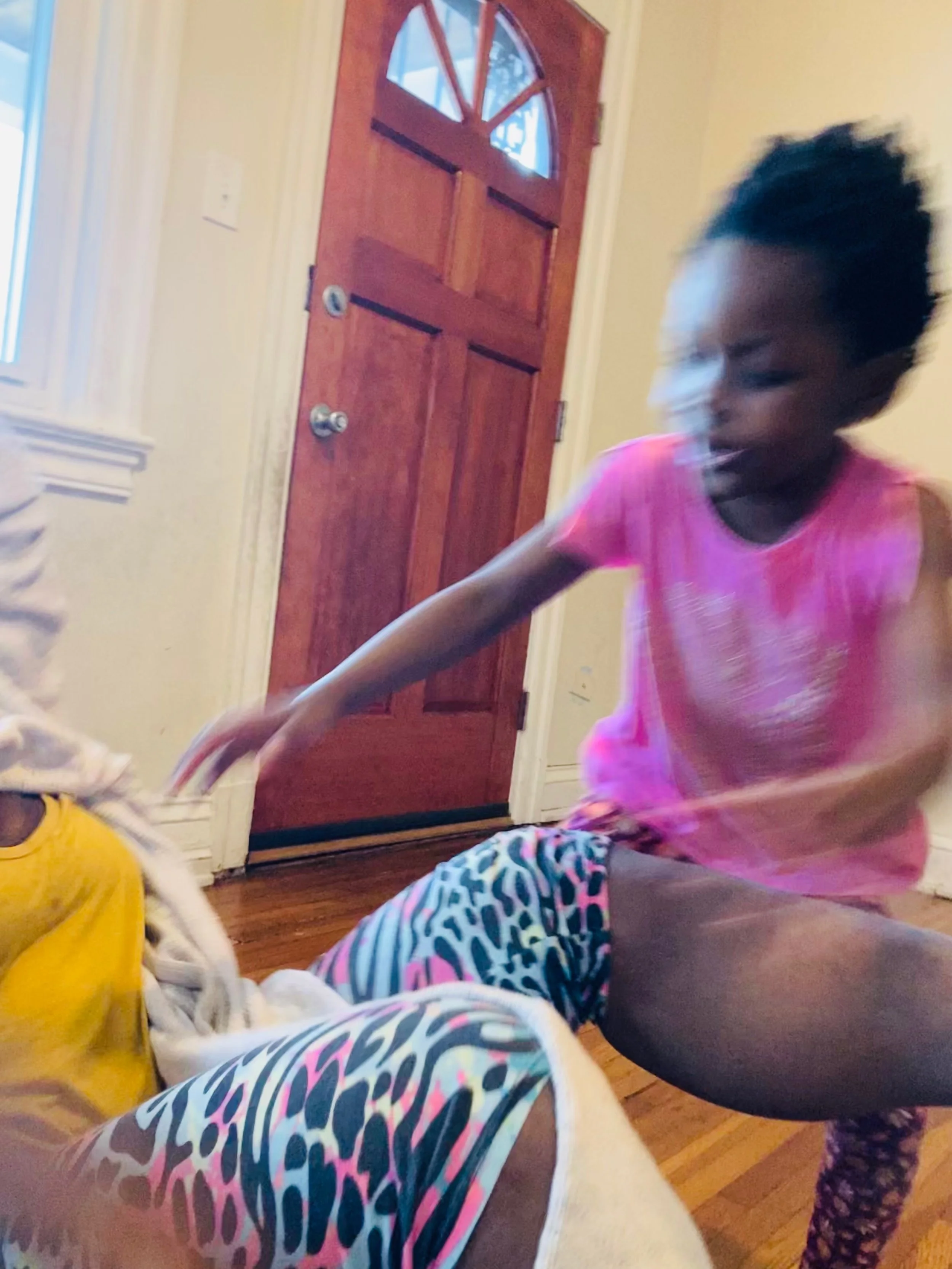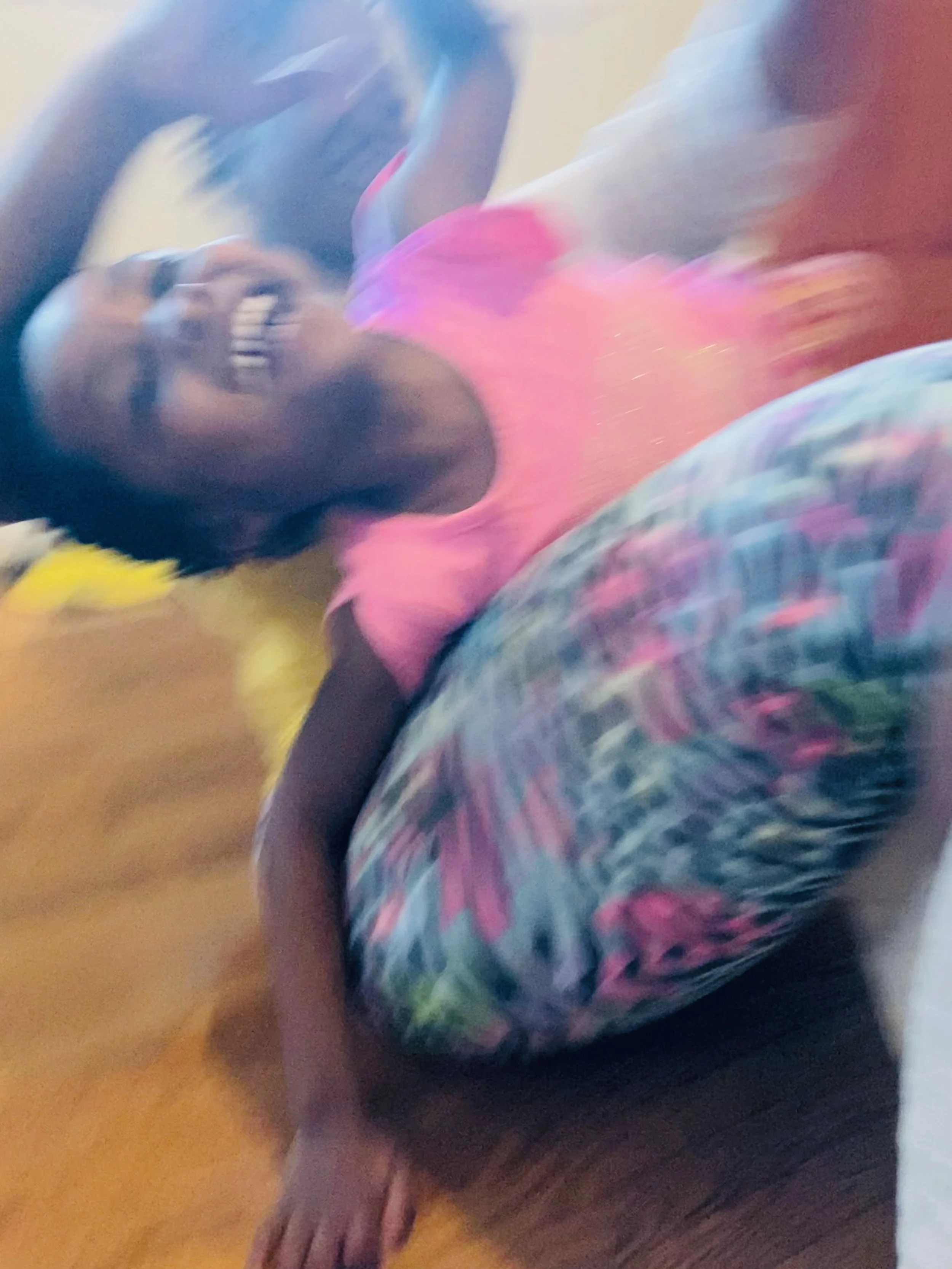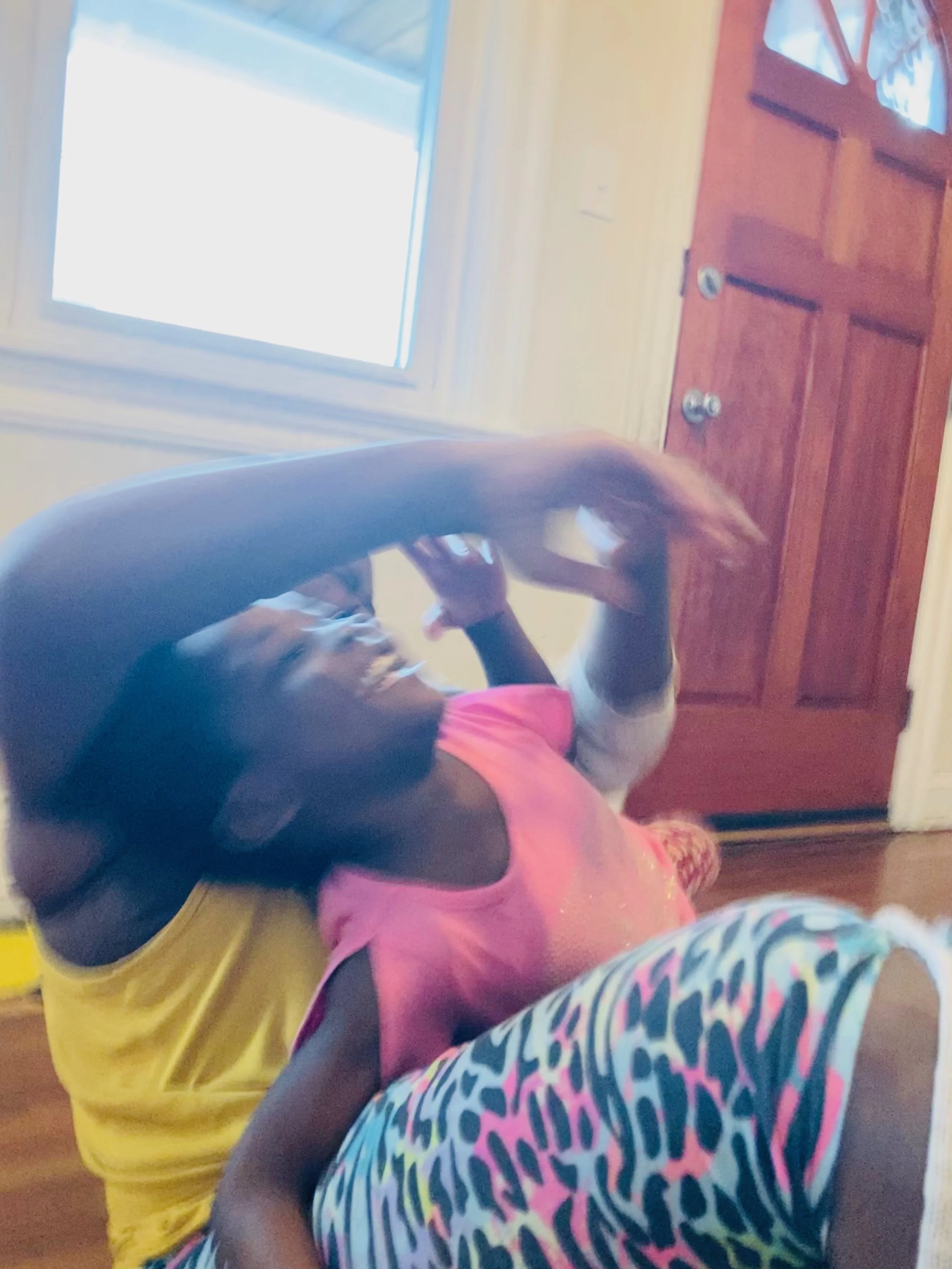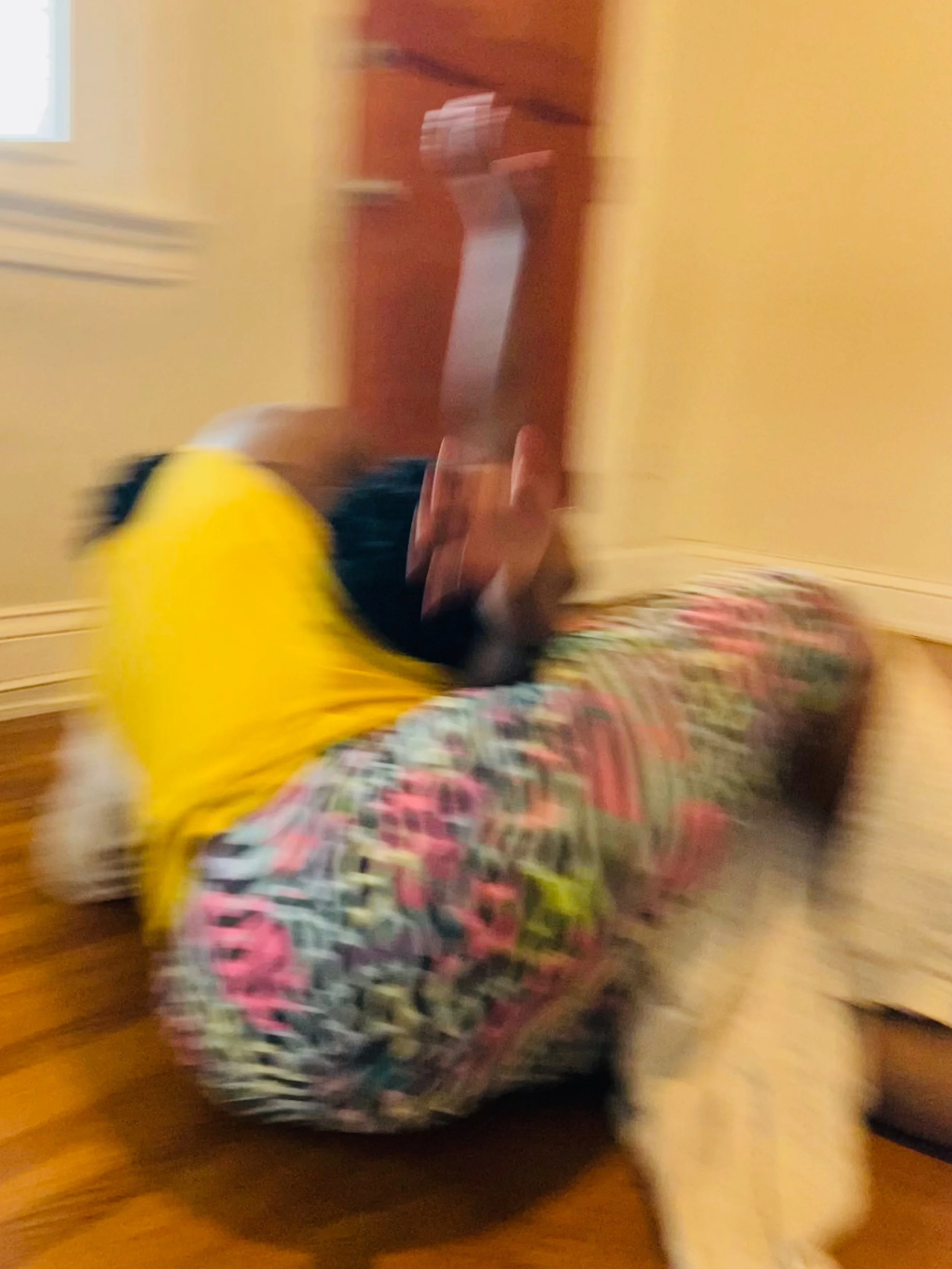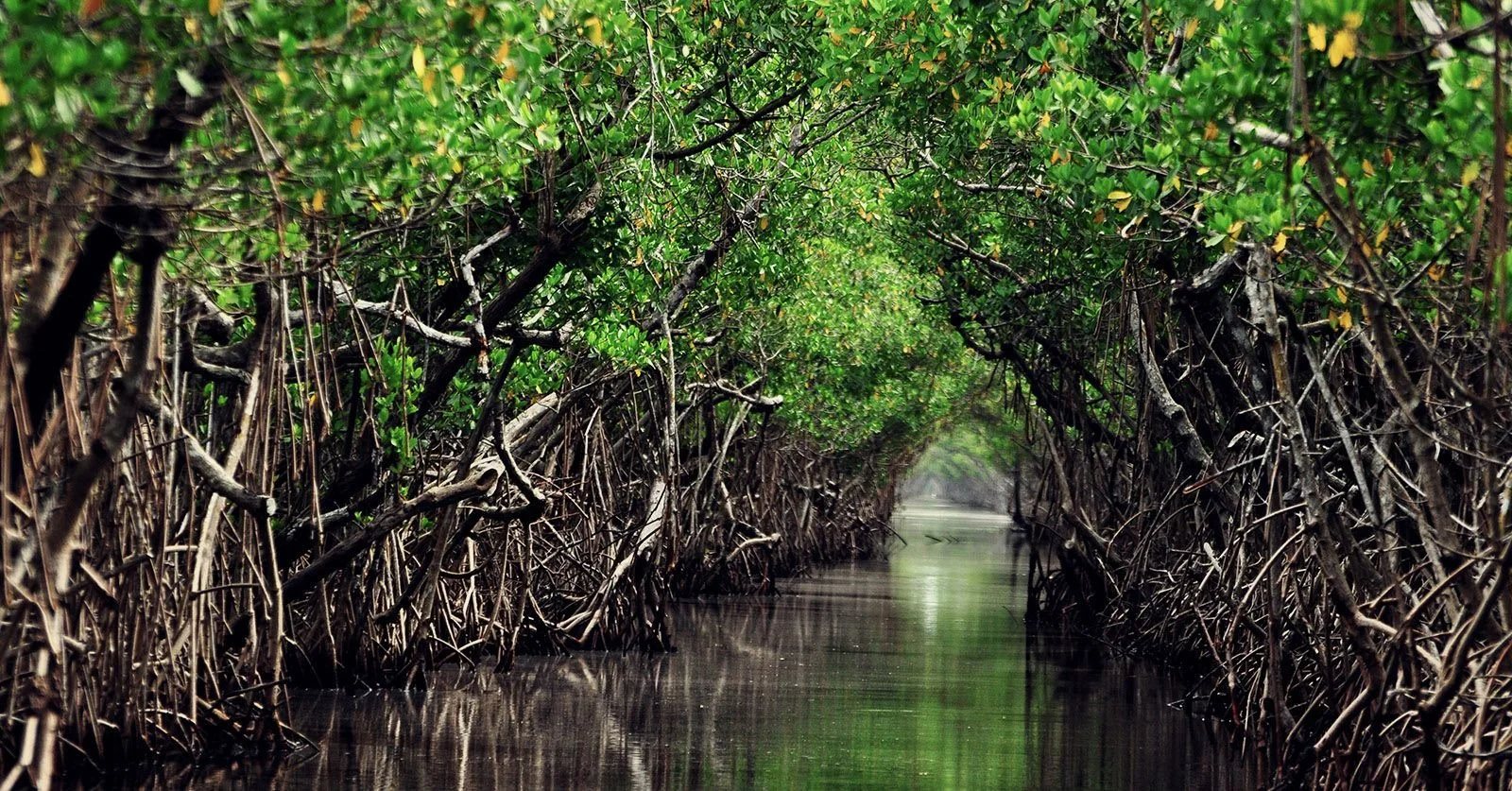Dancing into the mangrove
I study trees and I am fascinated by mangroves. There are many species of mangrove trees, but the ones I research the most are the ones that have prop roots and look like they are walking on water. These mangroves grow mostly in warm coastal regions, and they fortify the coastline against storm surges and flooding. As they grow they eventually “reclaim” land from the sea because their root systems extend outward into the ocean. Another way to think of it is that mangroves facilitate the opposite of coastal erosion. For this and many more reasons, mangroves are extremely vital to the planet’s well-being.
Source: Marine Conservation Institute
As a dancer, the shape and growth patterns of the red mangrove trees inspire movement discoveries. I enjoy exploring dance experiments with my children because they bring their own understandings to the process. Their questions and interpretations of what they think we’re doing can be hilarious, and can stimulate magical, unexpected adventures.
Source: CNN
The movements for our explorations were also inspired by a beautiful children’s book I’d just found at the library. The Sea, The Storm and the Mangrove Tangle by Lynne Cherry told the full life cycle of the mangrove tree in a way I hadn’t been able to piece together before. I loved learning about the propagules, the “seeds” of the mangrove tree. They’re not actually seeds! They are literally baby mangrove trees, that may take up to a year to develop, and they’re designed to be like a falling dart so that they can fall off the mother tree and take root in the seabed below. If the propagule doesn’t land and take root immediately, it is strong enough to withstand drifting for TWO years in the open sea until landing on a coastline where it can take root and seed a new mangrove forest over the next hundred years.
The more I read about the mangrove, and its diverse ecosystem teeming with life, the more I felt inspired to move my body with the stories of the mangrove’s creation process. I started reading the story to the munchkins, but each page, each paragraph, was an invitation to get up and see how something could be imagined in our bodies. So, we didn’t read the book straight through. In fact we didn’t even finish it together (I read it all on my own). We would read a bit, dance and experiment. Read a bit, dance and play around some more. Munchkins streamed in and out of the dancing, taking turns watching, participating, and documenting with the camera.
A Propagule’s Journey, starring Mommy & Jubilee
Mommy and Jubilee pretend to be a propagule that is tossed about the sea, drifting and rolling across the waves on its way to a new homeland. Original images by Bloom, editing by Mommy.
Surprisingly, the munchkins were more inspired by the animals living in the mangrove ecosystem than the composition of the trees and the intricate configurations of their root systems. I guess that’s a “duh” moment, but I really thought they’d be more into making the shapes of the trees. Instead, they wanted to be the birds propped on the branches—also known as my arms and legs! They wanted to be the fish and the crabs. The majority of their enthusiasm was around attaching themselves to me—all at the same time—and hanging off of me in some way.
My vision of everyone discovering some cool way to make prop roots out of their own legs never really caught on. I followed their joys and we kept dancing. They led me into places in my body I didn’t know were there to be found. I was rolling on the ground like a propagule in the sea. I was twisting and contorting my arms and legs to simulate the complexity of a dense mangrove. I was sprouting up from the earth like a newly rooting propagule. I was on my back, my legs high in the air, swaying softly like seagrass in the tide. Every page we read, every fact we learned became another way to understand and embody the magic of the mangrove.
What stayed with me the most from our mangrove explorations is how physical my labors are as a mother. Much like the mangrove that supports multiple organisms, creatures, and it’s own decades-long, centuries-long expansion into a mangrove forest, my body is laboring and sustaining multiple munchkin frequencies at all times. I am nourishing babies at the breast. I am wearing babies on my back. I am soothing bigger babies in my lap, or as they lean into me, their growing bodies making me lose my balance when they put all their weight on me.
Not only is there so much physical connection in my day-to-day labors, but I’m almost always with them, caring for them, in the same room or house as them. Their hunger needs, their conflict resolution needs, their bathroom needs, their my-tablet-is-out-of-battery-needs, their wish-we-could-go-somewhere-and-play needs—all of it pulls on some part of me. I identify with the mangrove in its constant performance of sustaining labors. There is no dormancy, no pint where the action breaks. This too is my experience of motherhood.
Dancing into the mangrove helped me process a reality of my life as a full presence mother in a way that I had yet to gather language for. Once again, trusting the power of the experiment to bring clarities to my process was so generative, and there are more mangrove adventures in the works!
Source: Mission Blue
Source: Green Matters

